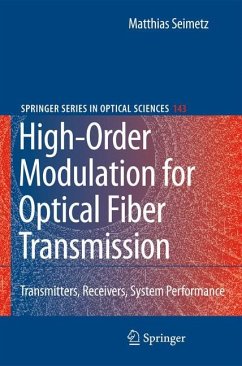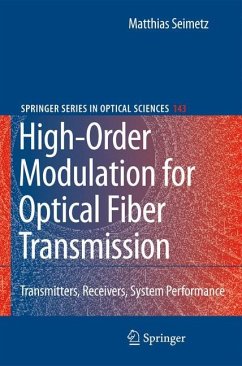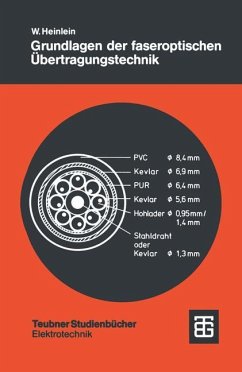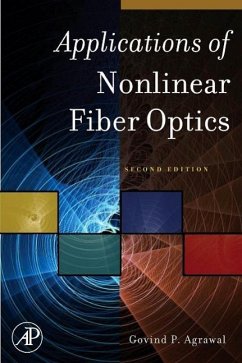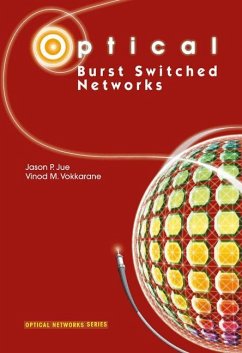
Wavelength Filters in Fibre Optics
Versandkostenfrei!
Versandfertig in 1-2 Wochen
115,99 €
inkl. MwSt.

PAYBACK Punkte
58 °P sammeln!
Wavelength filters constitute an essential element of fibre-optic networks. This book gives a comprehensive account of the principles and applications of such filters, including their technological realisation. After an introductory chapter on wavelength division multiplexing in current and future fibre optic networks follows a detailed treatment of the phase characteristics of wavelength filters, a factor frequently neglected but of significant importance at high bit rates. Subsequent chapters cover three-dimensional reflection of gratings, arrayed waveguide gratings, fibre Bragg gratings, Fabry-Perot filters, dielectric multilayer filters, ring filters, and interleavers. The book explains the relevant performance parameters, the particular advantages and shortcomings of the various concepts and components, and the preferred applications. It also includes in-depth information on the characteristics of both commercially available devices and those still at the R&D stage. All chapters are authored by internationally recognized experts.
Information and communication technologies have been growing and - veloping steadily for as long as any of us can remember. Growth was p- ticularly strong in the last few decades, and fibre optic communication s- tems have become predominant whenever information is to be transmitted over medium or long distances. Even when the 'telecommunication bubble' burst at the beginning of the new millennium, the only thing which vanished was the expectation of making a fortune by buying and reselling telecom device and equipment manufacturing companies; the upgrading of existing fibre optic links and the deployment of new ones continued unabated. The reason for the predominance of communication via optical fibres is the vast amount of information a single fibre can carry. However, in order to take advantage of this potential, it is mandatory to transmit different wavelength channels simultaneously over a single optical fibre, and the handling of these wavelength channels requires wavelength selective - vices or wavelength filters. Among the functionalities optical filters have to accomplish are the selection of single or several channels out of a larger number of channels, the separation of one channel wavelength from - wanted spurious noise at different wavelengths, filters have to support routing, enable the lossless (or low loss) combination of wavelengths, and they have to compensate for wavelength dispersion effects.






